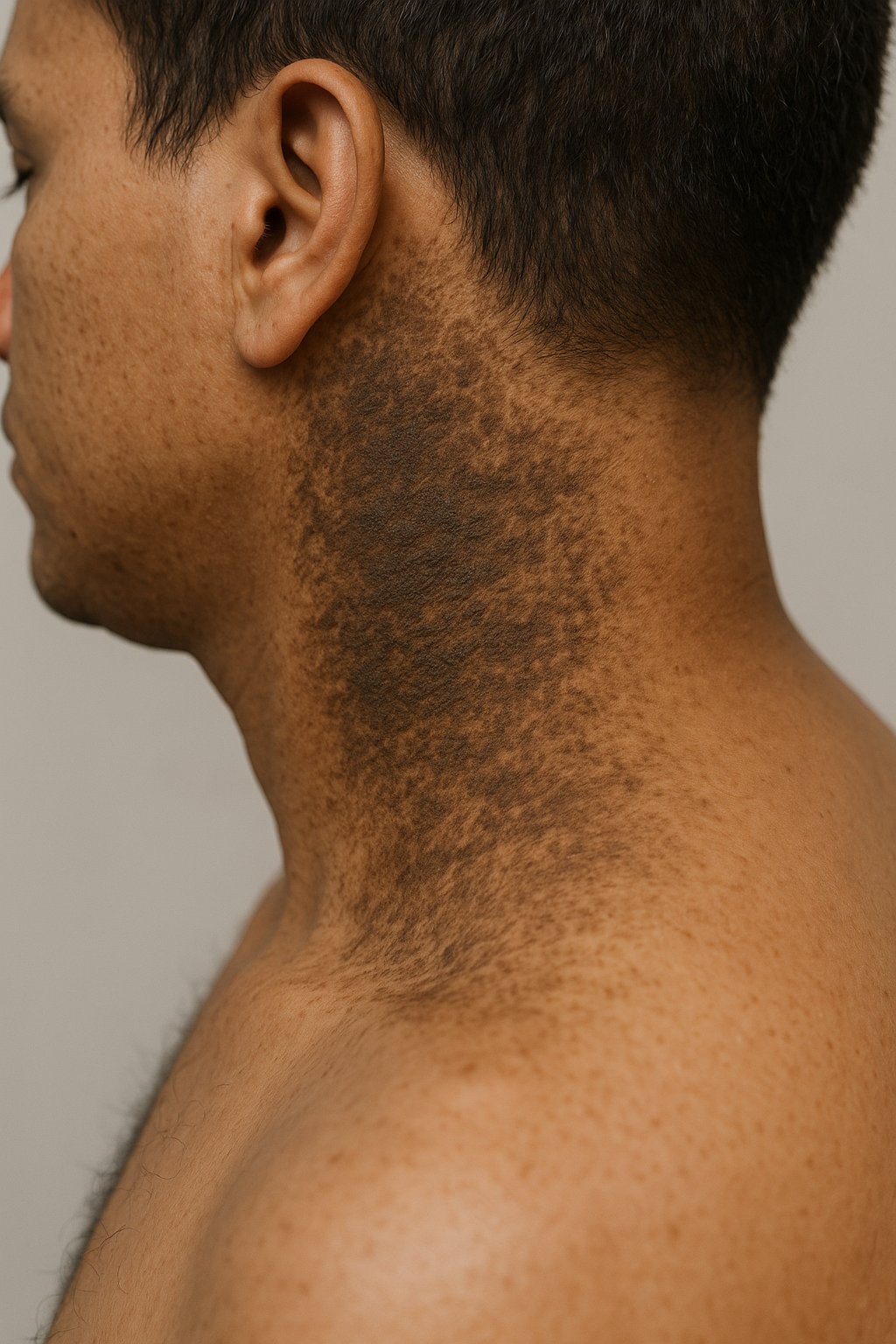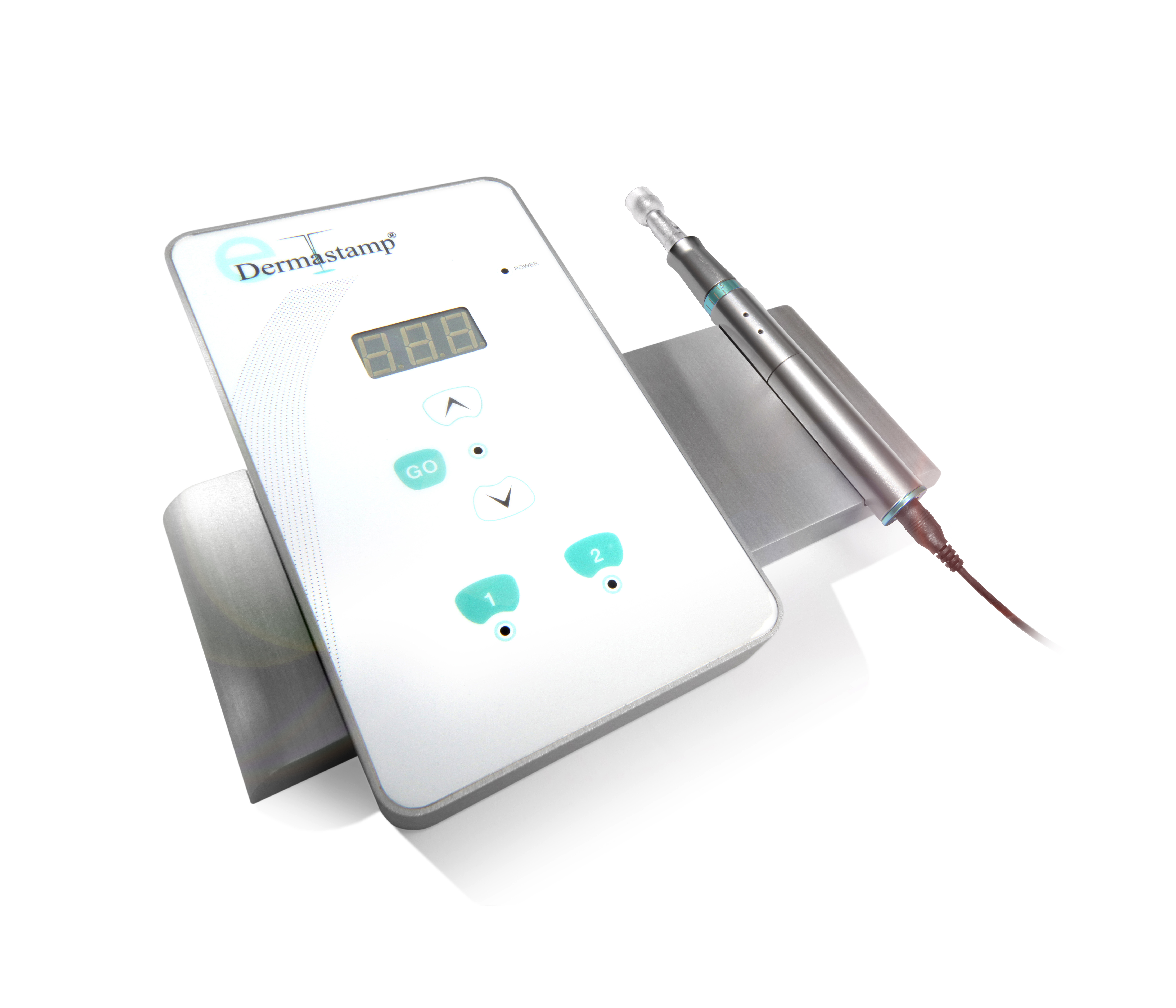Vesicular hand dermatitis is a form of hand eczema characterised by vesicles or blisters. A similar condition can also affect feet and is called vesicular foot dermatitis.
Vesicular hand/foot dermatitis mainly affects young adults. It is more common in females than males. Having personal or family history of atopic dermatitis or atopic eczema is found in 50% of reported cases.
Vesicular hand/foot dermatitis is regarded as multifactorial. In many cases, it is triggered by sweating as outbursts occur during humid conditions and hot weather. Other contributing factors include the following: contact with irritants like detergents, water, and friction; genetics, and adverse reactions to drugs. Association with contact allergy to nickel and other allergens can also trigger vesicular hand/foot dermatitis.
This skin condition appears as recurrent crops of deep-seated blisters on the palms and soles. Intense itch or a burning sensation can be experienced. With time, blisters start to peel off leaving the skin red, dry, and with painful cracks (fissures).
The clinical features of vesicular hand/foot dermatitis are very typical. Patch testing is done in chronic or atypical cases. Other forms of hand dermatitis should be given differential diagnoses.
The treatment process is quite challenging as traditional topical therapy is not an effective method due to the thick horny layer of the skin on palms and soles.
There are some general measures that help to reduce this type of dermatitis. For example, regular application of wet dressings with dilute potassium permanganate or acetic acid helps to dry up blisters. Cold packs, soothing emollient creams and lotions, and potent antiperspirants are recommended for the reduction of discomfort. It is highly recommended to wear protective gloves while doing wet or dirty work. Contact with different irritants like detergents, solvents, and water has to be avoided as much as possible and protective gloves should be worn to prevent allergic contact dermatitis. Well-fitting footwear, with 2 pairs of socks should be worn to absorb sweat and reduce friction.
Short courses of systemic corticosteroids, usually prednisolone and prednisone, can be prescribed for flare-ups. Ultrapotent topical corticosteroid creams are often applied to new blisters, while ointments are applied during the inflamed dry phase. In severe cases, immune-modulating medicines, predominately methotrexate, ciclosporin, and azathioprine, are prescribed.
Other treatment options include performing botulinum toxin injections to prevent sweating and phototherapy.
Vesicular hand/foot dermatitis gradually declines and resolves spontaneously. It can reoccur in hot weather or after a period of stress.
Centre for Medical and Surgical Dermatology offers unique and personalized treatment options for vesicular hand/foot dermatitis for each patient.



